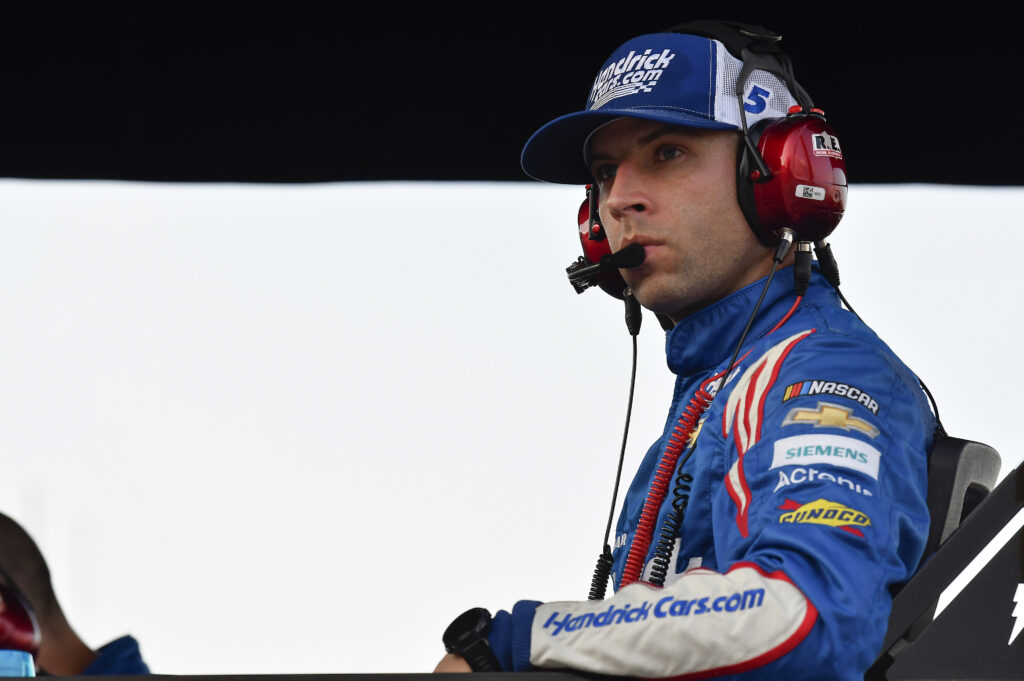Cliff Daniels is crew chief to Hendrick Motorsports’ driver Kyle Larson, who won the 2021 Regular Cup season and is in the running for the overall championship. Prior to Larson joining the team, Daniels was crew chief for seven-times NASCAR champion Jimmie Johnson. PMW asked for his take on the seismic shift the sport is about to see.
“Overall, I totally understand the initiative for NASCAR. I think it is going to help the business model, short term and even long term. However, short term for us it is going to be a big change to go from the skill and craft of constructing our own chassis, bodies and suspension to purchasing them from all the different sources,” he explains.
Not only will the manufacturing process of NASCAR change, but so too will the means by which teams can find performance. “The area in which you can develop is going to be so much smaller, we’re going to have to find that area,” says Daniels. “Not only are we going to have to make the most of how we build the cars, once we get the parts and pieces in house, just from the QC and assembly side of things. But that small window of opportunity means we will have to delve down more into the engineering of the cars, to make the most of it. Instead of being able to work in development in 15 or 20 areas, it may be five or 10 now, so the scope of our development could be cut in half.”
For Daniels, it will be a steep learning curve coming out of 2021 and in to 2022, as he and his team get to grips with an all-new car package: “There’s a lot of our history that we have here at Hendrick that won’t apply specifically, because everything is so different, the suspension, the chassis, the body, the tire. However, our understanding of the fundamentals of what it takes to make such a heavy car reach maximum potential, a lot of those foundational engineering principles still apply. We’ve just got to figure out how to tune it right. It will certainly be interesting to see who gets their hands around it quickest. We’re just going to have to throw so many different changes at the car [in testing] just to see how it responds so we can start building our own database of sensitivities of the car.”
Despite relishing the new engineering challenge, Daniels, along with many of his colleagues, does lament the loss of an intrinsic part of the sport – teams as constructors in their own right: “I think there will still be a bit of uniqueness here or there. But compared to what we know in Cup racing today, where there’s a Hendrick chassis and body or a Penske car, that is going away which is a big deal.”



